The name Hasselblad is synonymous with high-quality medium-format photography. Over the years, hundreds and thousands of medium format 120-film Hasselblad cameras have been made and sold. They eventually became unsuitable for most commercial photography (except that Phase One has kept them alive for a while now) work with the change of technology from film to digital photography. Now, Hasselblad fans can reclaim the use of their classic cameras and lenses within the Hasselblad ecosystem, with Hasselblad’s latest 50 Megapixel CMOS Digital Back for V System Cameras, the Hasselblad CFV-50c. Take a peek at it in the pics below.
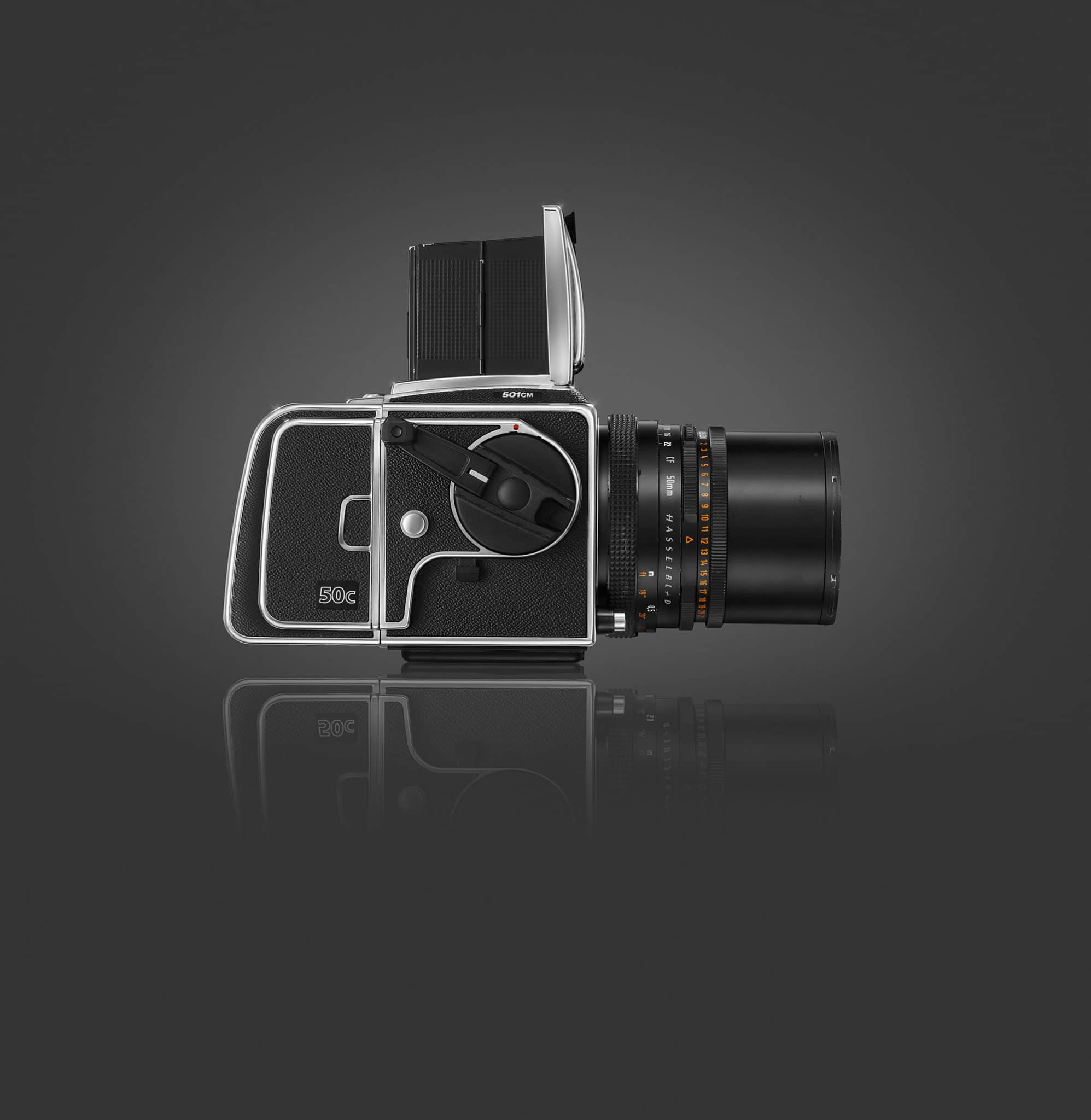
Hasselblad V System
The V System, with all its lenses (Carl Zeiss, no less), winders, viewing screens, viewfinders, and backs has been the most fascinating part of the Hasselblad ecosystem since its introduction in 1948. The craftsmanship and beauty of these systems have often left a photographer ready to sell their house to buy into the Hasselblad system.
Hasselblad digital backs like the CFV-50c allow photographers to extend the life of their prized possessions into the digital age.
Hasselblad CFV-50c Digital Back
Since 2013, the V-System has been discontinued from production, in favor of the more modern digital-back-based H-System. However, the Hasselblad CFV-50c brings it back to life, with a 50-megapixel CMOS digital back that is large in size compared to a typical 35mm dSLR – 43.8 × 32.9 mm. This enormous high-quality Hasselblad sensor, with a high pixel count, is just what is needed to take advantage of the Hasselblad cameras, and their beautiful Carl Zeiss lenses.
Hasselblad Phocus Software
Of course, there’s more in store for V-System owners than just high-quality digital capture. The Hasselblad Phocus software offers lens distortion correction for most V-System lenses. Additionally, the processing quality of Hasselblad RAW images is unquestionably top-notch in Phocus. However, keep in mind that lens type, aperture, and focusing distance will have to be entered manually for the distortion correction to be effective. Still, this is a huge step up from the traditional method of shooting on film and then scanning the positive, or negative to get a digital image.
Is this the best that Hasselblad V-System owners can get? Most likely not. Phase One has offered digital backs for Hasselblad cameras for many years now, with their IQ1 series going up to 80 megapixels. Having a choice of digital backs is nice…
Share Your Thoughts & Feedback
So why spend the €11,000 that the CFV-50c costs when you can get a digital back that offers 30 mpx more, larger sensors, and exposures that are up to 48 minutes longer? Does a CMOS sensor offer that much of an image quality boost compared to Phase One’s CCD sensor? Or is it just the love of using a classic camera and its lenses being reclaimed by modern technology?
You be the judge of that. Let us know your thoughts about the Hasselblad CFV-50c digital CMOS back in the comments below.
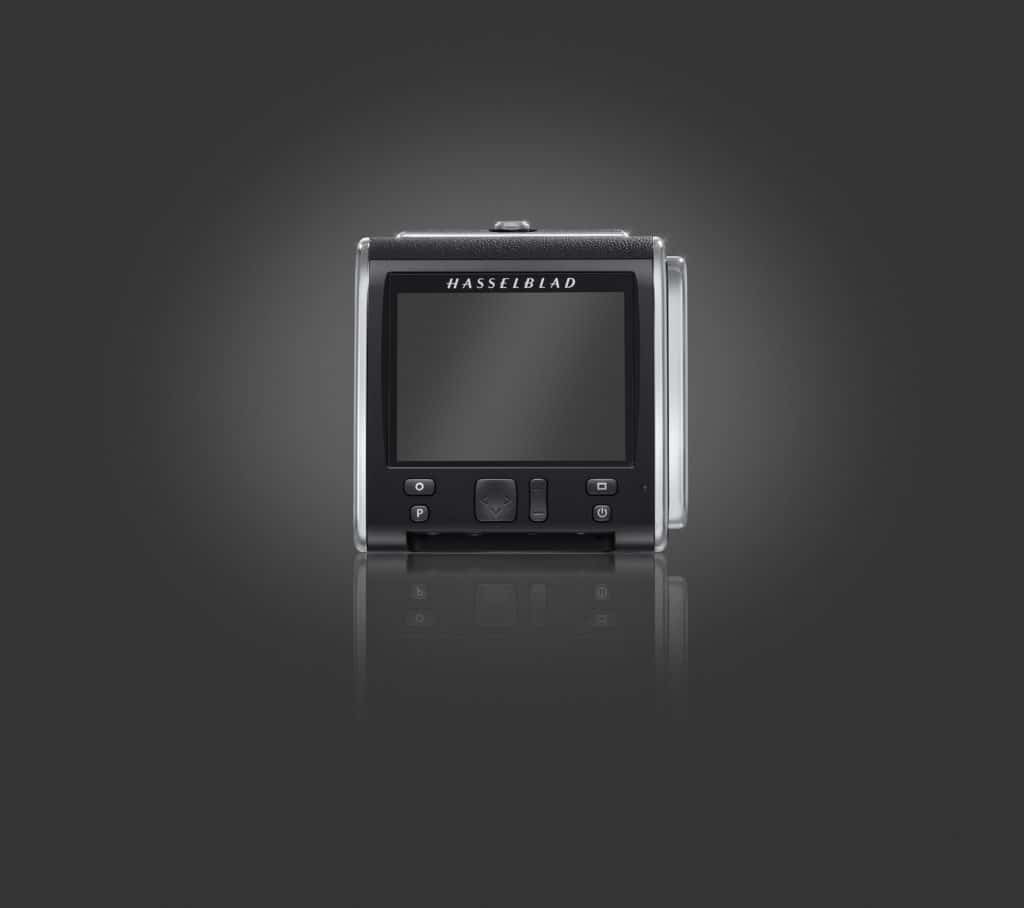
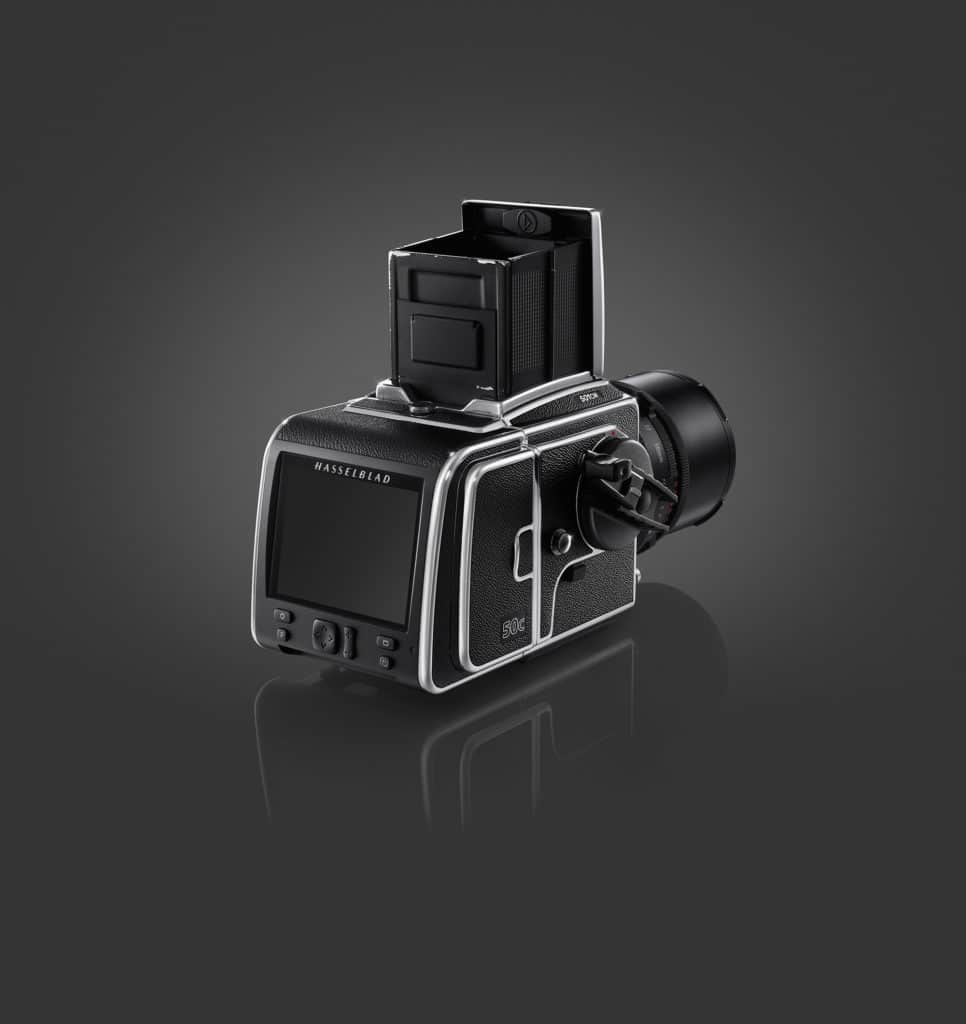
Help Us To Continue Creating
Get our email newsletter to stay up-to-date with our latest posts. It’s easy to read and is mailed once in 2 weeks.
The easiest way to support Beyond Photo Tips is by using our affiliate links when you buy anything at all. It will never cost you anything extra, and we get a small commission from it, which helps us a LOT! We share our recommended equipment list here.
Some of the links to products on this website are affiliate links, and we only ever link out to gear that we recommend.
You could also show your appreciation by buying us a coffee. Finally, we appreciate you being a part of the community, so do say hi!

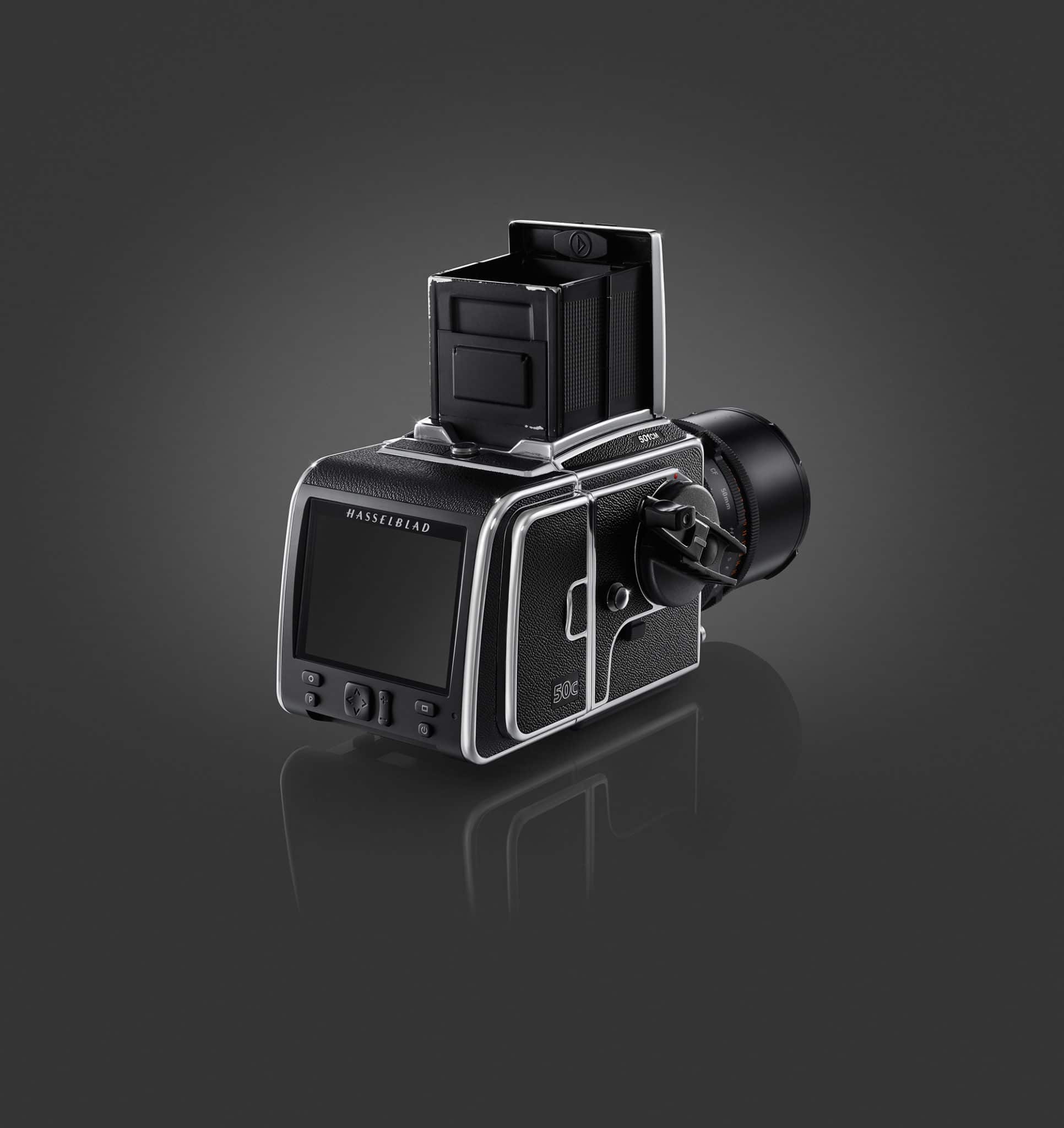
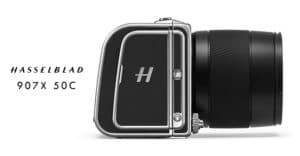
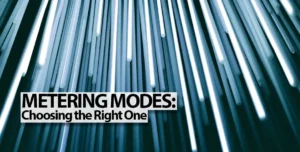


Nice article Susheel! Interesting to read about Hasselblad after such a long time.
Thank you Prem. I should really update this website a little more often. :P
Exited to hear about this as I still have and use six lenses and my Blad, along with bellows and am relishing the idea of the extra use I can apply this gear to.